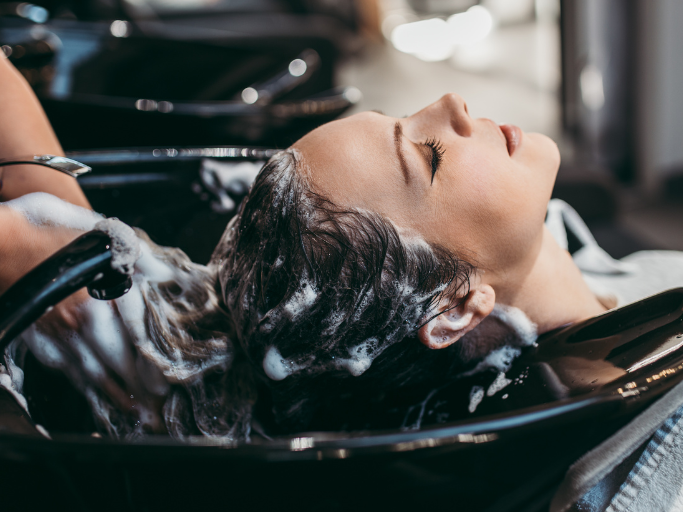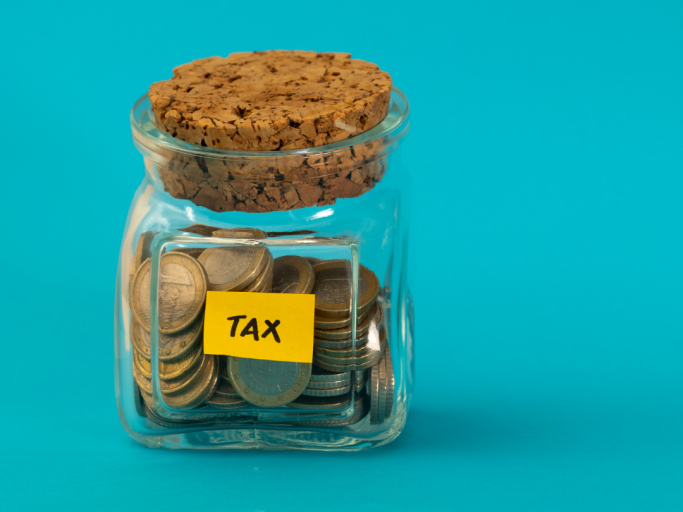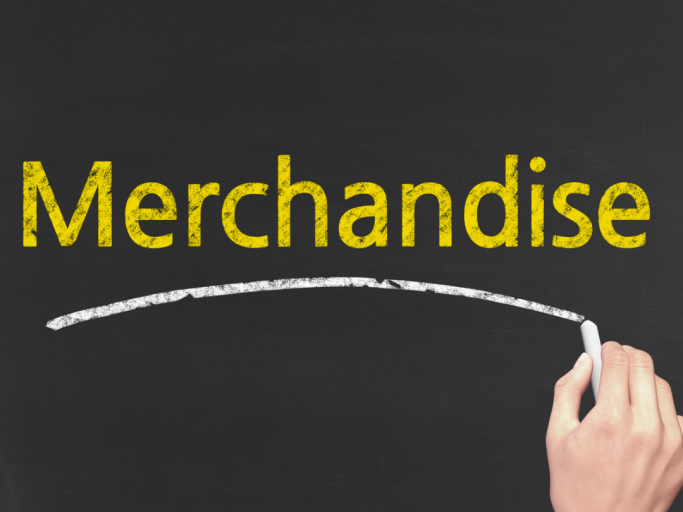Home / Blog / Marketing & Branding Advice / The Psychology of Promotional Products: Why Freebies Create Customer Loyalty
The Psychology of Promotional Products: Why Freebies Create Customer Loyalty
Date posted: 10th October 2025 in Marketing & Branding Advice
Last updated: 10th October 2025

Promotional products such as pens, tote bags, tech gadgets, mugs, custom USBs, aren’t just trinkets. They tap into powerful psychological principles that, when used strategically, help brands build long-term customer loyalty. In this post, we’ll explore why freebies influence behavior, how they foster emotional connections, and how to use them smartly to turn recipients into repeat customers.
The Reciprocity Principle: Paying Back in Kind
One of the most fundamental psychological mechanics behind promotional products is the reciprocity principle. When someone receives something, even a small gift, they often feel compelled, on a subconscious level, to return the favor. In marketing terms, that “favor” often becomes engagement, a purchase, or positive word of mouth.
This isn’t about guilt or manipulation; it's about human social norms. Many people feel more positively toward brands that give first. That initial goodwill can tilt the balance when the customer later makes a buying decision.
The Endowment Effect & Ownership Bias
Another relevant concept is the endowment effect: people tend to assign more value to something once they own it, even if they didn’t pay for it. Because a branded item becomes theirs, they often perceive it as more valuable and are more likely to use it, show it off, and hold positive associations with the brand.
Every time the recipient uses or displays the item, your logo or message gets repeated exposure. Over time, the brand becomes more familiar and trusted by association.
Mere Exposure & Brand Familiarity
Even without conscious awareness, humans prefer things they see more often. This is known as the mere exposure effect. By giving away a physical item that’s used daily (a mug, a water bottle, a desk accessory), you're ensuring repeated exposure to your brand in the user’s environment. That familiarity contributes to greater brand recall, and over time, trust. If your logo is subtly present when someone is making a purchase decision, it can tip the balance in your favor.
Emotional Connection & Positive Associations
Promotional products often carry emotional weight beyond their utility. The surprise of receiving something of value, the delight in its quality, and the memory of the interaction all contribute to emotional branding. When a customer thinks fondly of the item, they’re also more likely to think well of your brand.
Additionally, thoughtful, relevant, high-quality items show that you care about more than just sales. They signal respect, professionalism, and attention to detail, all qualities that customers love to associate with brands they stick with.
Social Proof & Status Signaling
A well-made promotional item can become a status symbol or social signal. When someone uses a premium, stylish branded product, they’re also reflecting the brand’s perceived quality. Others notice, and that visibility serves as social proof. For example, when someone carries a sleek branded tote or uses a stylish power bank, observers may associate that user with the brand, giving it a subtle endorsement.
The recipient wants to feel good about what they present to the world, so they’re more likely to value, use, and keep the item. This ongoing use reinforces your brand over time.
Reinforcement & Conditioning Over Time
Promotional products can function like small rewards in a conditioning loop. The act of giving a high-value item creates a positive emotional spike. Over time, repeated positive interactions with the brand reinforce loyalty. In simple terms: each time someone uses your branded item and feels good about it, they’re reinforcing their internal connection to your company.
Best Practices: Making Freebies Work for Loyalty
Given all these psychological advantages, here are concrete tactics to make promotional products drive real loyalty:
- Choose utility and relevance
- The more useful the item in daily life, the more it’s used (and thus the more exposure your brand receives).
- Align the item with your audience’s interests (tech, fitness, office, etc.)
- Prioritize quality
- Cheap, flimsy items can backfire: they reflect poorly on your brand.
- A durable, well-designed item reinforces trust and value perception.
- Personalize thoughtfully
- Adding a name, date, or message can increase emotional impact and perceived value.
- However, keep personalization scalable and relevant.
- Time your giveaways strategically
- Don’t always give freebies up front. Sometimes after a purchase or at an ex-customer touchpoint can be even more effective (increasing reciprocity).
- Surprise and delight can be more effective than expected gifts.
- Tie to campaigns, not random distribution
- Use branded items in event giveaways, contests, loyalty programs, or purchase incentives.
- Track which campaigns produce higher response or retention to optimize future investments.
- Measure over time
- Watch repeat purchase rates, referral rates, engagement, and retention for cohorts who received promotional items.
- Correlate usage of the item with behavioral change (e.g. more website visits or merchandise buys).
- Mind the brand consistency
- Make sure the item aligns with your brand identity including logo placement, colours, message.
- Maintain a balance: visible but not overbearing.
Risks & Ethical Considerations
While promotional items are powerful, misuse or thoughtlessness can backfire. Low-quality or irrelevant items may cheapen your brand’s image. Overdoing giveaways can train customers to expect free stuff before they engage in more meaningful actions. Also, environmental concerns matter: consumers increasingly expect sustainable, ethical, and responsibly sourced items. Choosing disposable or wasteful products might hurt your brand more than help.
Putting It into Practice: A Mini Case Study
Imagine a company in the fitness space giving away branded stainless-steel water bottles at a health expo. Recipients use them daily. Each time they drink water, they see your logo. They feel a subtle sense of gratitude for the free useful item, and later when considering fitness gear, your brand comes to mind first. If they show the bottle to a friend, that’s free exposure you didn’t have to buy. Over months, the bottle becomes part of their routine, and you become part of their lifestyle.
Promotional products are a trigger for real psychological responses: reciprocity, the endowment effect, familiarity, emotional bonding, social proof, and reinforcement. When done right; relevant item, quality execution, strategic timing, they shift give-away costs into long-term customer loyalty and brand equity.

Strengthen your brand perception with promotional products
Chat online or call us today on 1800-586-1615
More Articles

Elevate Your Workspace: Our Top 10 Promotional Office Supplies
4th April 2023 in Marketing & Branding Advice

Industry Focus: Getting Your Business Body Beautiful with Customizable Beauty Products
8th November 2022 in Marketing & Branding Advice

Marketing Focus: Are Business Gifts Tax Deductible?
18th November 2022 in Charity & Non-Profit


